📚 Clojure Sequence Abstraction - Clojure Data Manipulation
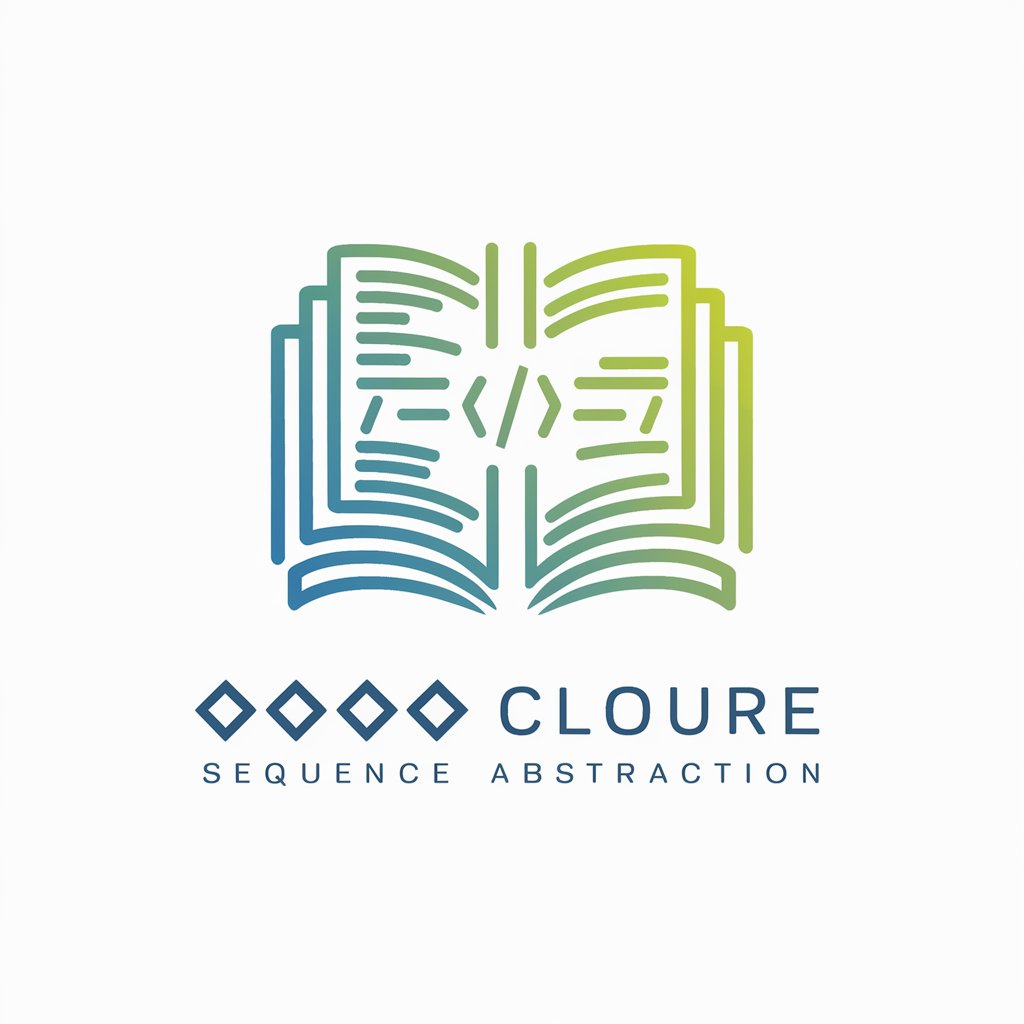
Hello! Let's dive into the world of Clojure and sequence abstraction.
Transform Data with AI-Powered Clojure Sequences
Explain how Clojure's sequence abstraction unifies different data structures.
Provide an example of using `map` and `filter` in Clojure.
How does Clojure handle lazy sequences?
Discuss the importance of immutability in Clojure.
Get Embed Code
Understanding Clojure Sequence Abstraction
Clojure's sequence abstraction is a cornerstone of its design, enabling uniform operations across various data structures such as lists, vectors, maps, and sets. This abstraction hinges on the concept of sequences (`seq`), which are logical views on a collection, allowing operations to be defined generically over any sequence. The design purpose behind this is to promote code reusability and functional programming paradigms, particularly immutability and transformation of data without side effects. A classic example is iterating over different types of collections (e.g., `(map inc [1 2 3])` or `(map inc '(1 2 3))`) using the same `map` function to increment each element, demonstrating how sequences abstract away the underlying data structure specifics. Powered by ChatGPT-4o。

Key Functions of Clojure Sequence Abstraction
`map`
Example
`(map inc [1 2 3])` increments each number in a vector, resulting in `(2 3 4)`.
Scenario
Applying a function to each item of a collection, such as adjusting prices in a list of product costs.
`filter`
Example
`(filter even? [1 2 3 4])` filters the sequence to `(2 4)`, leaving only even numbers.
Scenario
Removing items that do not meet a condition, like filtering out incomplete tasks from a task list.
`reduce`
Example
`(reduce + [1 2 3 4])` combines elements using `+`, resulting in `10`.
Scenario
Aggregating data, such as summing up the total of all sales transactions.
`lazy-seq`
Example
`(take 5 (iterate inc 0))` lazily computes the first 5 increments of 0, producing `(0 1 2 3 4)`.
Scenario
Generating sequences on-the-fly, useful for processing infinite data streams or large datasets with minimal memory footprint.
Ideal Users of Clojure Sequence Abstraction
Functional Programmers
Developers who embrace functional programming paradigms will find Clojure's sequence abstraction particularly beneficial for writing concise, expressive, and reusable code.
Data Scientists
Data scientists and analysts can leverage these abstractions for data manipulation, transformation, and analysis, benefiting from the ease of expressing complex data processing pipelines.
Web Developers
Web developers working on Clojure or ClojureScript-based applications can use sequence abstractions to efficiently handle data collections, such as user inputs, database query results, or JSON responses.
Educators and Learners
Educators teaching programming concepts and learners exploring functional programming will find sequence abstraction a valuable tool for understanding the power and flexibility of functional paradigms.

Getting Started with Clojure Sequence Abstraction
Begin Your Journey
Start by exploring Clojure's sequence abstraction capabilities with a hassle-free experience at yeschat.ai, offering a complimentary trial without the need for signing in or ChatGPT Plus.
Understand Prerequisites
Familiarize yourself with Clojure basics, including its syntax, data structures, and the concept of immutability, to fully leverage sequence abstraction.
Explore Common Functions
Dive into core sequence functions like 'map', 'reduce', 'filter', and 'lazy-seq' to manipulate and transform sequences in a unified manner.
Practice with Data Structures
Apply sequence abstraction to different data structures such as lists, vectors, and maps to understand the power of uniform sequence operations.
Implement Projects
Solidify your understanding by working on projects that require data manipulation, such as data analysis tools or functional pipelines, using sequence abstraction.
Try other advanced and practical GPTs
C++ Creativity in Game Design
Elevating Game Design with AI-Powered C++ Expertise
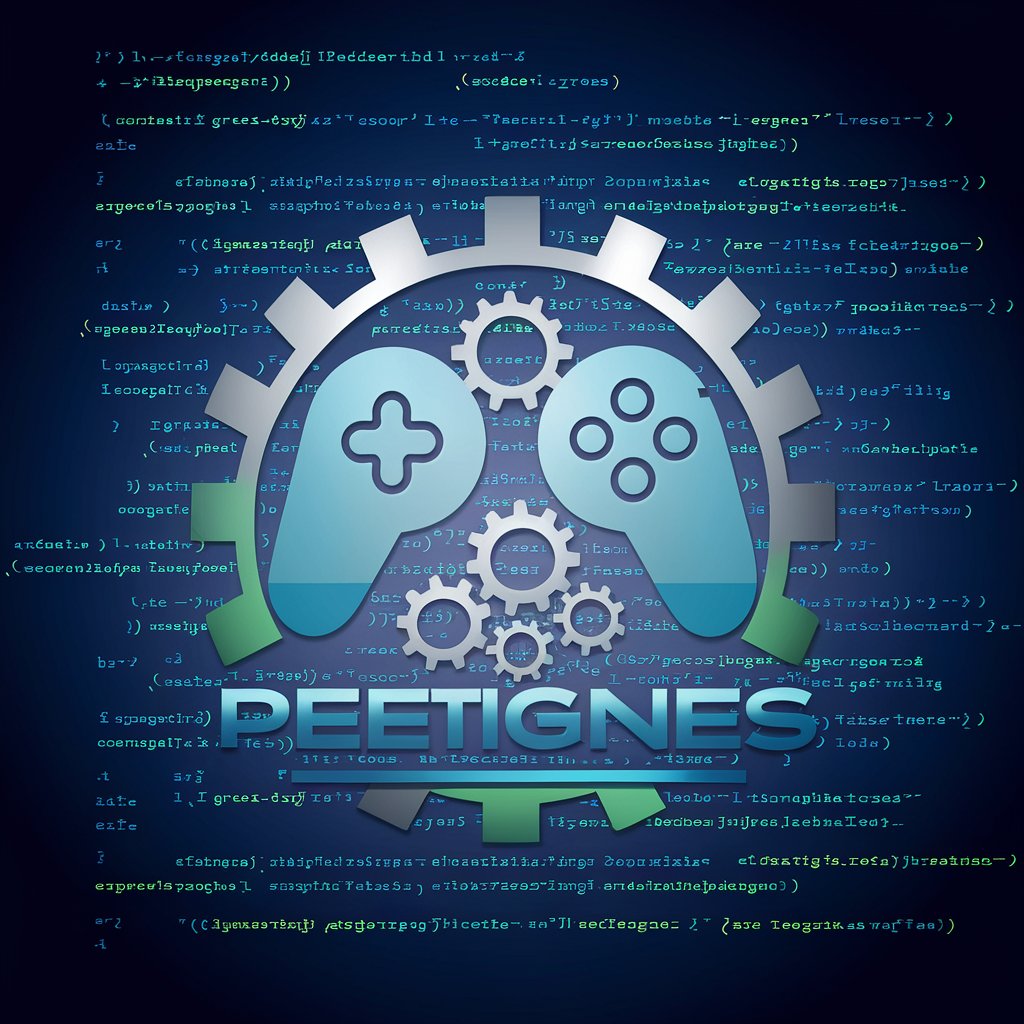
Kei Shirogane
Enhance Your Charm with AI-Powered Insights

👨💻 Functional Programming with Erlang
Empower your code with Erlang's functional magic
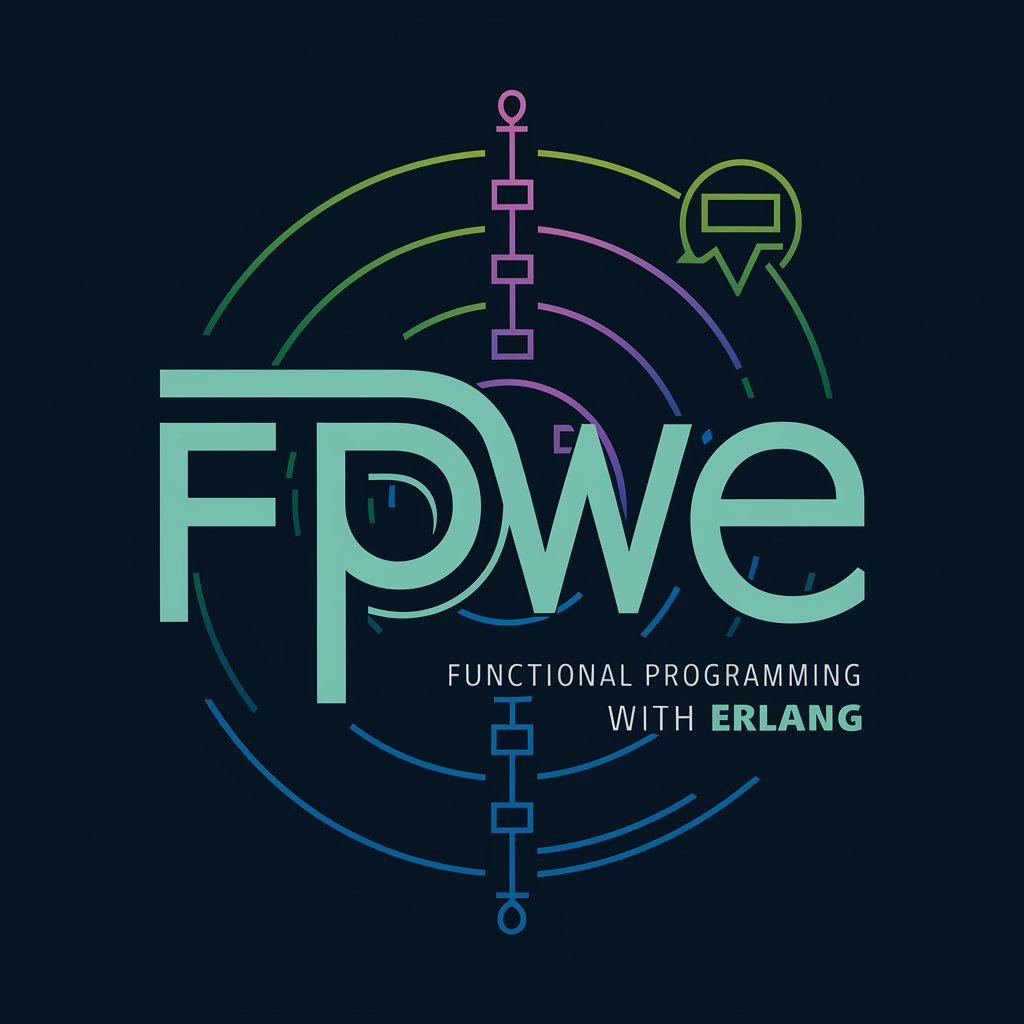
Culinary Companion
Your AI-powered culinary guide.

PPC Keyword Compiler
Optimize PPC campaigns with AI-powered keyword compilations.

Cupid's Calculator - Love Meter
Unlock the secrets of your heart with AI
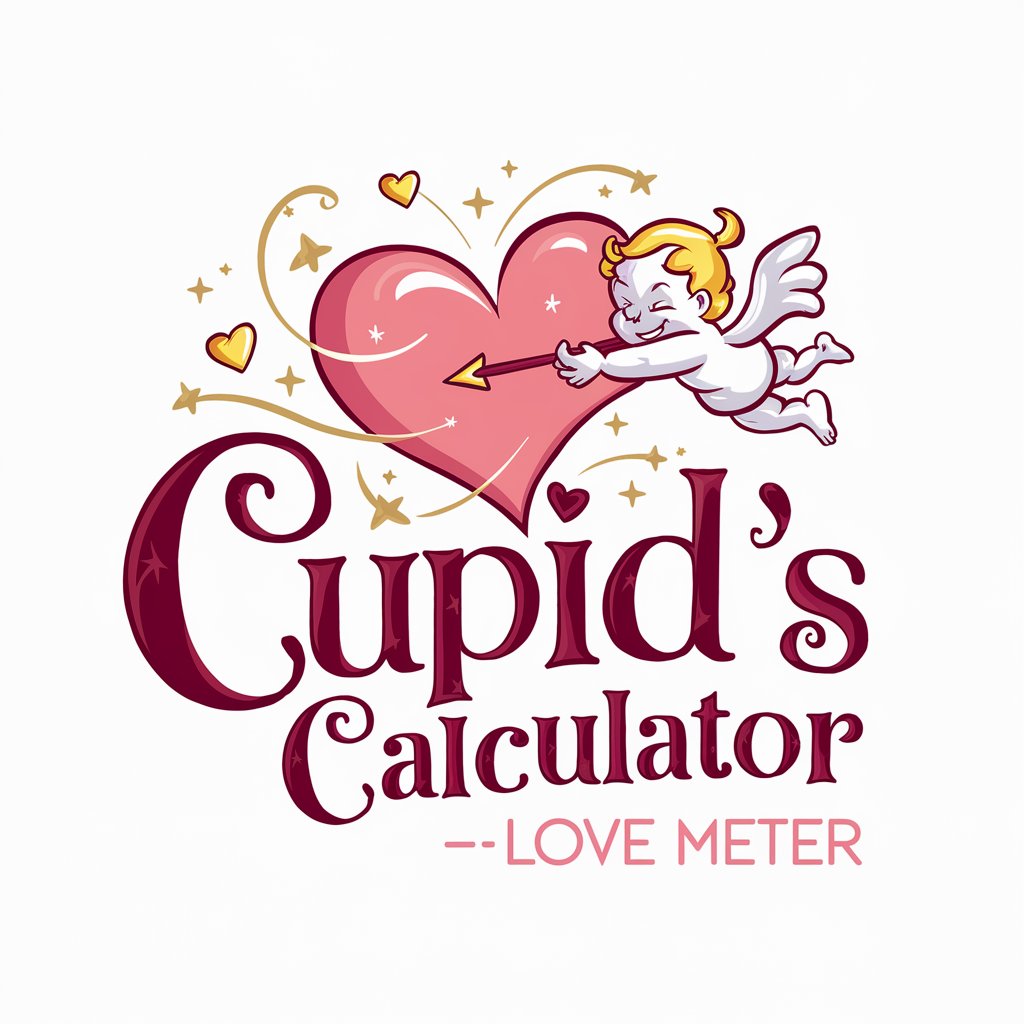
C++ 20 Code Evolution Unlocked
Elevate code with AI-powered C++20 insights
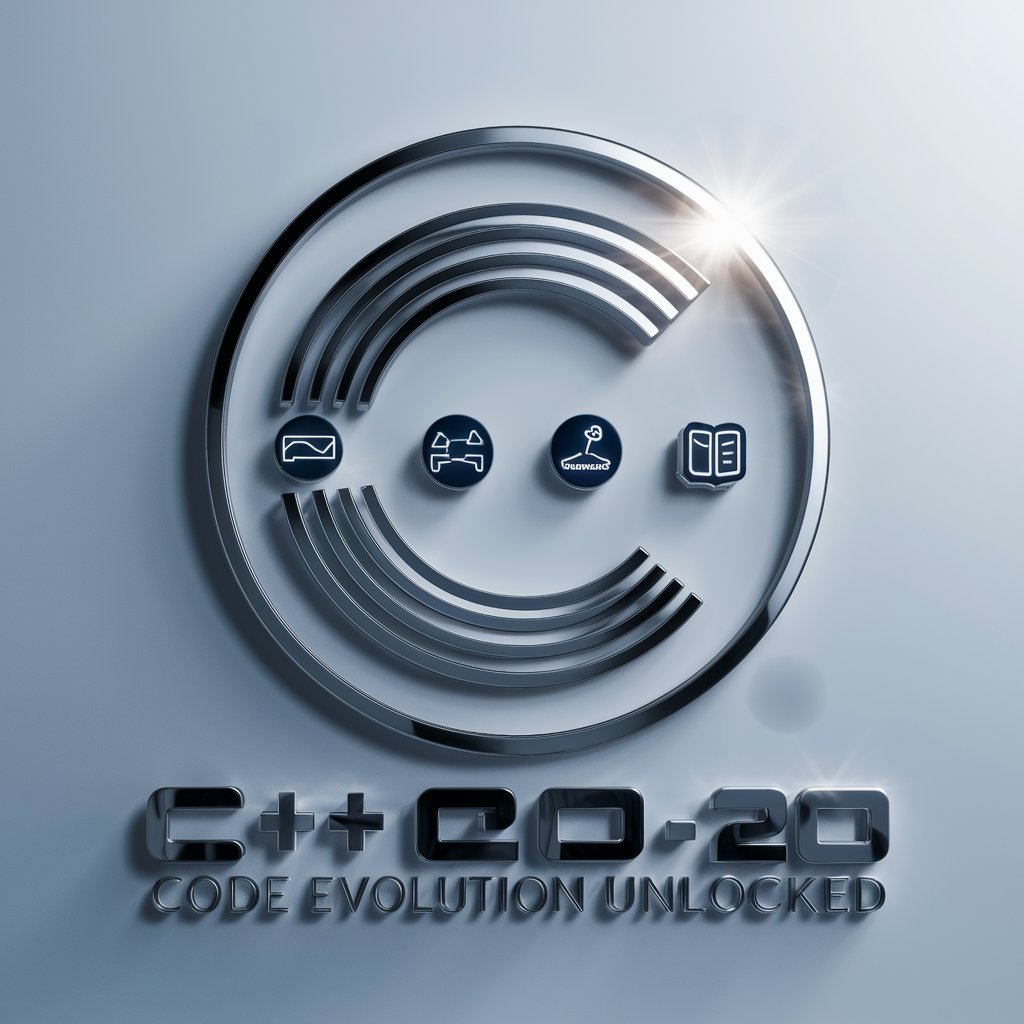
🖥️ Master Qt Framework for C++ GUI
Empowering C++ GUI Development with AI
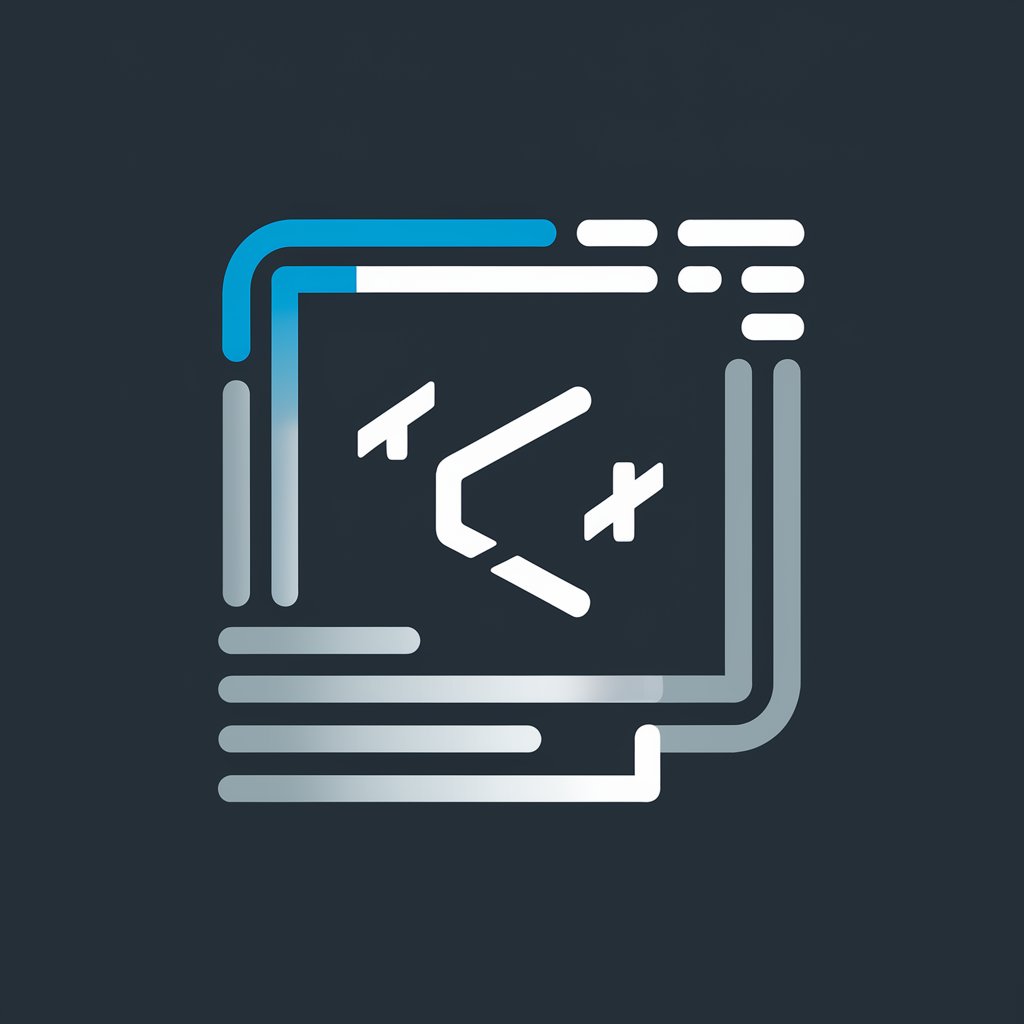
Talk Get
Streamlining customer service with AI

Go To Market Strategist GPT
AI-Powered Market Strategy Development

Versatility Vox
Elevating Professional Tasks with AI

Book Scout
Unleashing Literature with AI

In-Depth Q&A on Clojure Sequence Abstraction
What is Clojure Sequence Abstraction?
Clojure sequence abstraction is a powerful concept that allows various data structures like lists, vectors, and maps to be manipulated through a common set of functions, providing a unified approach to data transformation and processing.
How does immutability influence sequence operations?
Immutability ensures that original data structures remain unchanged during sequence operations, promoting safe and predictable programming by avoiding side effects and enabling easier reasoning about code.
Can you explain lazy sequences in Clojure?
Lazy sequences in Clojure are sequences that are not evaluated until their elements are needed. This allows for efficient memory usage and computation, especially when dealing with potentially infinite or very large sequences.
What are some common sequence functions in Clojure?
Common sequence functions include 'map' for applying a function to each element, 'reduce' for aggregating elements, 'filter' for selecting elements based on a predicate, and 'conj' for adding elements to a collection.
How can Clojure Sequence Abstraction be applied in real-world projects?
Clojure's sequence abstraction can be applied in projects involving data processing, such as ETL pipelines, web scraping, data analysis, and more, by providing a flexible and powerful way to manipulate and analyze data.
